This article is reviewed, corrected, and approved by: Julia Weiss CNP| RN | MPH
While it may be tempting to enjoy the soothing warmth of the sun, it is important to keep in mind that prolonged exposure to its rays can potentially cause harm to our skin. As we bask in the sunshine, we expose ourselves to invisible ultraviolet (UV) radiation that can cause long-lasting damage. Understanding the importance of sun protection and adopting preventive measures is key to maintaining healthy and radiant skin.
Here, I will discuss the effects of the sun on the skin, the importance of sunscreen, the roles played by the Ultraviolet Protection Factor and Sun Protection Factor (UPF vs SPF), the benefits and side effects of sunscreen, and more.
Why Sun Protection Matters?
Skin problems can be caused by if you have any skin disease or even spending too much time in the sun. This could be including sunburns, sunspots on skin and can also make you look older faster by causing wrinkles. It can even increase your chances of getting skin cancer. Here are the importance of why people need sun protection
- Preventing Sunburns: Sunburns are not only painful but also indicate significant damage to the skin. By using sunscreen, wearing protective clothing, and seeking shade, you can minimize the discomfort and severity of sunburn.
- Minimizing Skin Damage: Protect your skin from the sun to avoid irreversible damage such as sagging, wrinkles, and age spots. Practice sun protection measures to maintain a youthful appearance.
- Minimizing the Risk of Skin Cancer: Protecting your skin from excessive sun exposure is essential for preventing skin cancer (for example: skin tag cancer) and maintaining its health.
Sun Protection Strategies
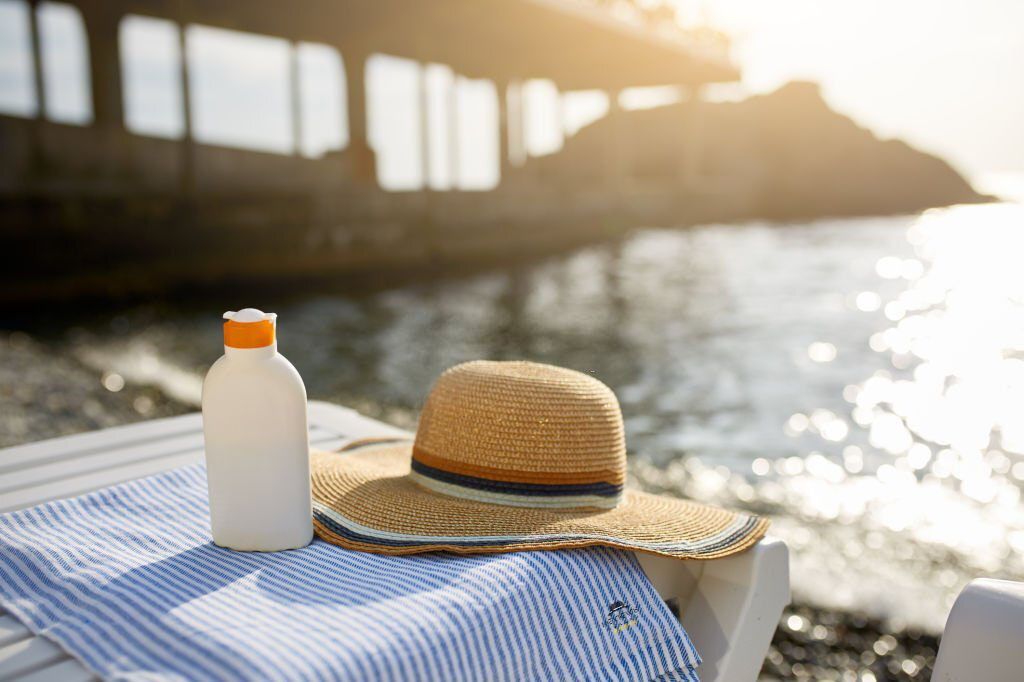
There are different types of radiation that the sun emits, which include UVA, UVB, and UVC rays. While the Earth's atmosphere shields us from UVC rays, UVA and UVB rays still manage to penetrate through, posing potential risks. To stay safe from sunlight, some protection strategies may follow.
Sunscreen
It is crucial to use a high SPF (Sun Protection Factor). Before engaging in outdoor activities, sunscreen should be reapplied every two hours to ensure maximum effectiveness.
Protective Clothing
To shield yourself from harmful UV radiation. It's suggested to wear covering clothing such as fabric with UV protection that covers your exposed skin. You can lower your chances of developing skin cancer by limiting your sun exposure and taking steps to protect your skin.
Seeking Shade
Protect yourself from the sun's harmful rays by seeking shade during the strongest hours, from 10 am to 3 pm. Prioritize your health and well-being by taking precautions.
Sunglasses and Hats
Donning a wide-brimmed hat and UV-blocking sunglasses not only adds a stylish touch but also protects the sensitive skin on your face and eyes from harmful UV rays.
How do UPF and SPF measure different things?
UPF measures how well fabrics protect against UVA and UVB rays, while SPF measures how well sunscreen blocks UVB rays. Higher ratings mean better protection. Wearing UPF-rated clothing and using sunscreen together is the best way to minimize the risk of sun damage and skin cancer.
UPF vs SPF
Here are more details about what is the difference between UPF vs SPF.
Benefits of Using UPF and SPF Products
Incorporating UPF and SPF products into your routine comes with several advantages:
- Effective Sun Protection: Wearing UPF clothing and using SPF sunscreen can give you an extra layer of protection from UV radiation, which can help lower the chances of getting sunburned, skin damage, or even skin cancer.
- Convenience: UPF clothing offers long-lasting protection without the need for frequent reapplication, while sunscreen provides on-the-spot protection for exposed skin.
- Versatility: UPF clothing can be worn for various outdoor activities, such as sports, gardening, or simply going for a walk, providing continuous sun protection throughout the day.
- Skin Health: Consistent use of UPF clothing and SPF sunscreen helps maintain healthier skin by preventing premature aging, wrinkles, and sunspots caused by UV radiation.
- Reduced Chemical Exposure: Choosing UPF clothing reduces reliance on sunscreen, minimizing exposure to certain chemicals present in sunscreen formulations.
Potential Side Effects of UPF and SPF Products
I have covered the potential side effects of both UPF and SPF products. Let's have a look at them.
Limited Coverage
UPF-covering clothing protects only the areas it covers, leaving exposed skin vulnerable to UV radiation. Hence, it's essential to use sunscreen on uncovered areas.
Vitamin D Consideration
While using sun protection is important, relying solely on it may prevent the skin from producing vitamin D, leading to a deficiency. Talk to a physician or dermatologist about supplementing to ensure proper intake while still protecting your skin from UV rays.
Allergic Reactions
Some individuals may experience allergies or skin sensitivities to certain fabrics used in UPF clothing or specific ingredients in sunscreens. Patch testing or consulting a dermatologist can help identify potential allergens.
Residue or Greasiness
Certain sunscreen formulations may leave a residue or feel greasy on the skin, which can be uncomfortable for some individuals. Trying different formulations or exploring lightweight options can help mitigate this issue.
Potential Fabric Limitations
UPF clothing effectiveness may decrease over time, especially with wear, tear, stretching, or repeated washing. Checking the fabric's durability and UPF maintenance instructions can help ensure continued protection.
Best 10 Sunscreen
- Biore UV sunscreen
- Cetaphil sunscreen
- Hello Bello sunscreen
- Elta MD tinted sunscreen
- Trader Joe's sunscreen
- Eucerin sunscreen
- Badger sunscreen
- Anessa sunscreen
- Lancome sunscreen
- Summer Fridays sunscreen
Here are more details about each sunscreen-
Biore UV sunscreen
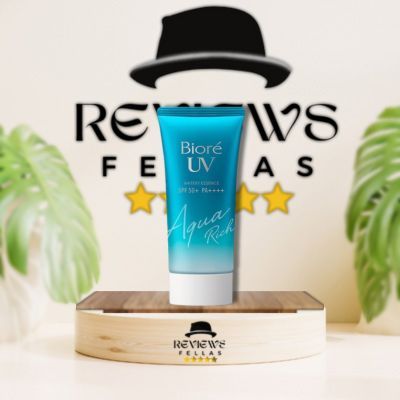
Biore UV Sunscreen
A lightweight Japanese sunscreen known for its non-greasy formula. It is water-resistant and sweat-proof; hence, it is ideal for outdoor activities.
Cetaphil sunscreen
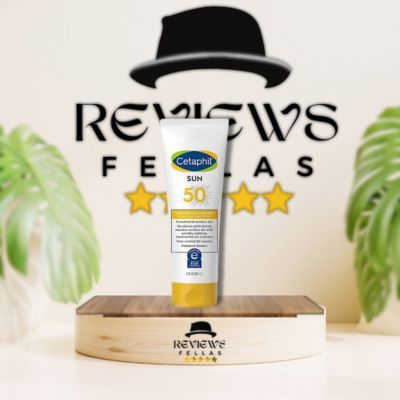
Cetaphil Sunscreen
A light sunscreen that is suitable for all skin types, especially those with sensitive skin. It is non-comedogenic, free of oil, and fragrance-free.
Hello Bello Sunscreen
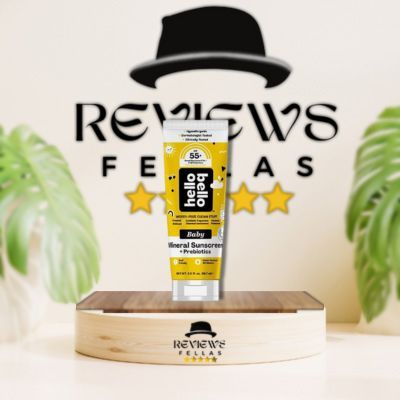
Hello Bello Sunscreen
Hello Bello sunscreen is a brand of sunscreen that offers sun protection for the whole family. It is hypoallergenic and fragrance-free, ideal for babies and children.
Elta MD Tinted Sunscreen
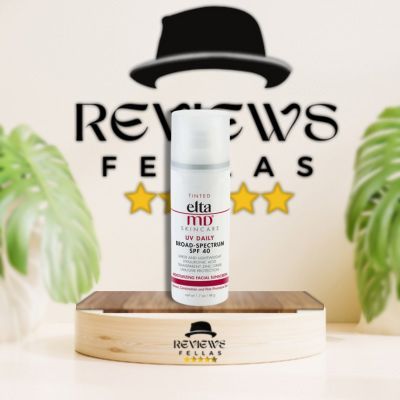
Elta MD Tinted Sunscreen
A tinted sunscreen with broad-spectrum SPF 46 protection. Designed for all skin types, including sensitive skin, this light sunscreen is an excellent choice. Manufacturers claim that these are oil-free, fragrance-free, and ensure optimal protection.
Trader Joe's Sunscreen
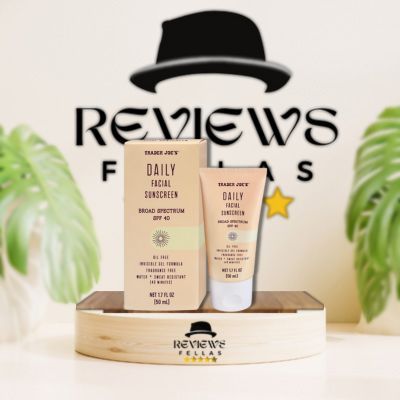
Trader Joe's Sunscreen
I recommend trying out a cost-effective sunscreen that combines both physical and chemical protection against harmful UV rays. It is water-resistant and sweat-proof, ideal for outdoor activities.
Eucerin Sunscreen
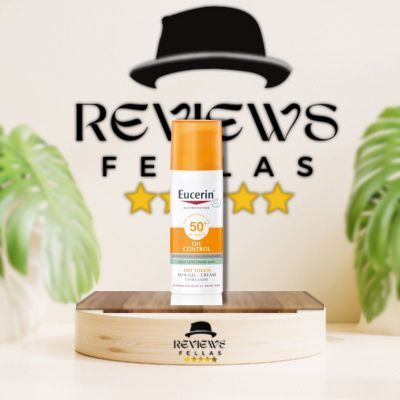
Eucerin Sunscreen
A dermatologist-recommended sunscreen with broad-spectrum SPF 50 protection. It is non-comedogenic and fragrance-free, suitable for all skin types.
Badger Sunscreen
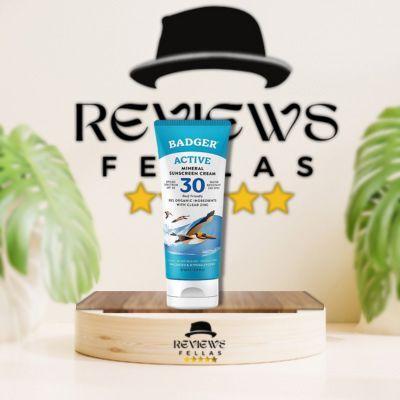
Badger Sunscreen
A natural sunscreen made with zinc oxide and titanium dioxide. It is fragrance-free and reef-safe, offering an eco-friendly option.
Anessa Sunscreen
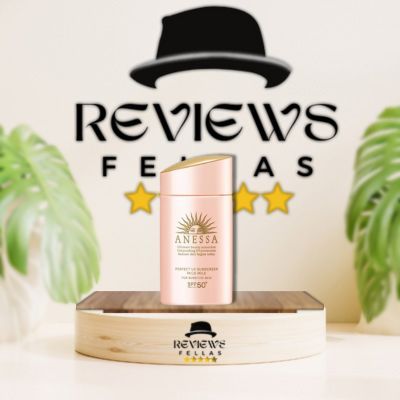
Anessa Sunscreen
This Japanese sunscreen brand was founded in 1992. They are well-known for their water-resistant and sweat-proof formula. This stuff has hyaluronic acid and squalane to keep your skin nice and hydrated.
Lancome Sunscreen
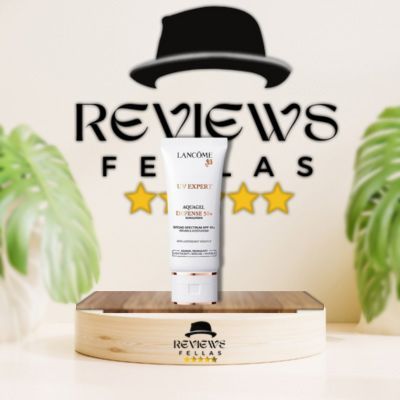
Lancome Sunscreen
A luxurious sunscreen providing broad-spectrum SPF 50 protection.
Summer Fridays Sunscreen
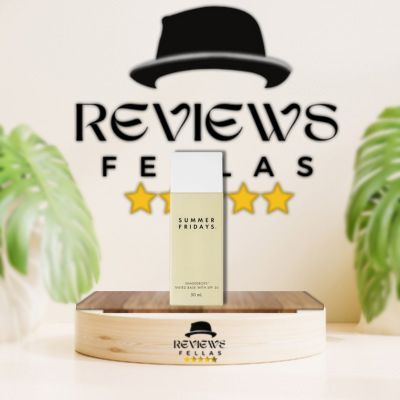
Summer Fridays Sunscreen
A lightweight, non-greasy sunscreen with a blend of chemical and mineral sunscreens. It is fragrance-free and oil-free, suitable for all skin types.
What to Consider Before Buying Any UPF vs SPF Sunscreen?
To choose effective sun protection, consider your personal choice and buy a sunscreen that suits your skin.
- Look for products with higher UPF or SPF ratings and broad-spectrum protection.
- Choose gentle fabrics and hypoallergenic sunscreen if you have sensitive skin.
- Check for durability and seek professional recommendations for personalized advice.
- The right application and reapplication of sunscreen are vital for protection.
F.A.Q
Q: Is SPF the same as UPF?
Ans: No, both are different. SPF measures UVB protection, while UPF measures UVA and UVB protection in clothing.
Q: What is tinted sunscreen?
Ans: Tinted sunscreen matches your skin tone and camouflages the white cast. It provides the same sun protection as untinted sunscreens.
Q: SPF 30 vs 50, which one is better for the skin?
Ans: SPF 30 and SPF 50 are both effective sunscreens that shield your skin from harmful rays. The slight difference lies in their protection level: SPF 30 blocks around 97% of UVB rays, while SPF 50 blocks about 98%, making SPF 50 slightly more protective.
Conclusion
Now I am sure that you are completely clear about the intricate details of UPF vs SPF. While enjoying the sun is a delightful experience, it is essential to prioritize sun protection to prevent damaging our skin from UV radiation.
By adopting simple yet effective measures like wearing sunscreen, protective clothing, seeking shade, and using accessories, we can embrace the outdoors while maintaining the health and beauty of our skin for years to come. It's important to protect your skin from the sun all year round, not just during the summer season. This will help keep your skin healthy.


